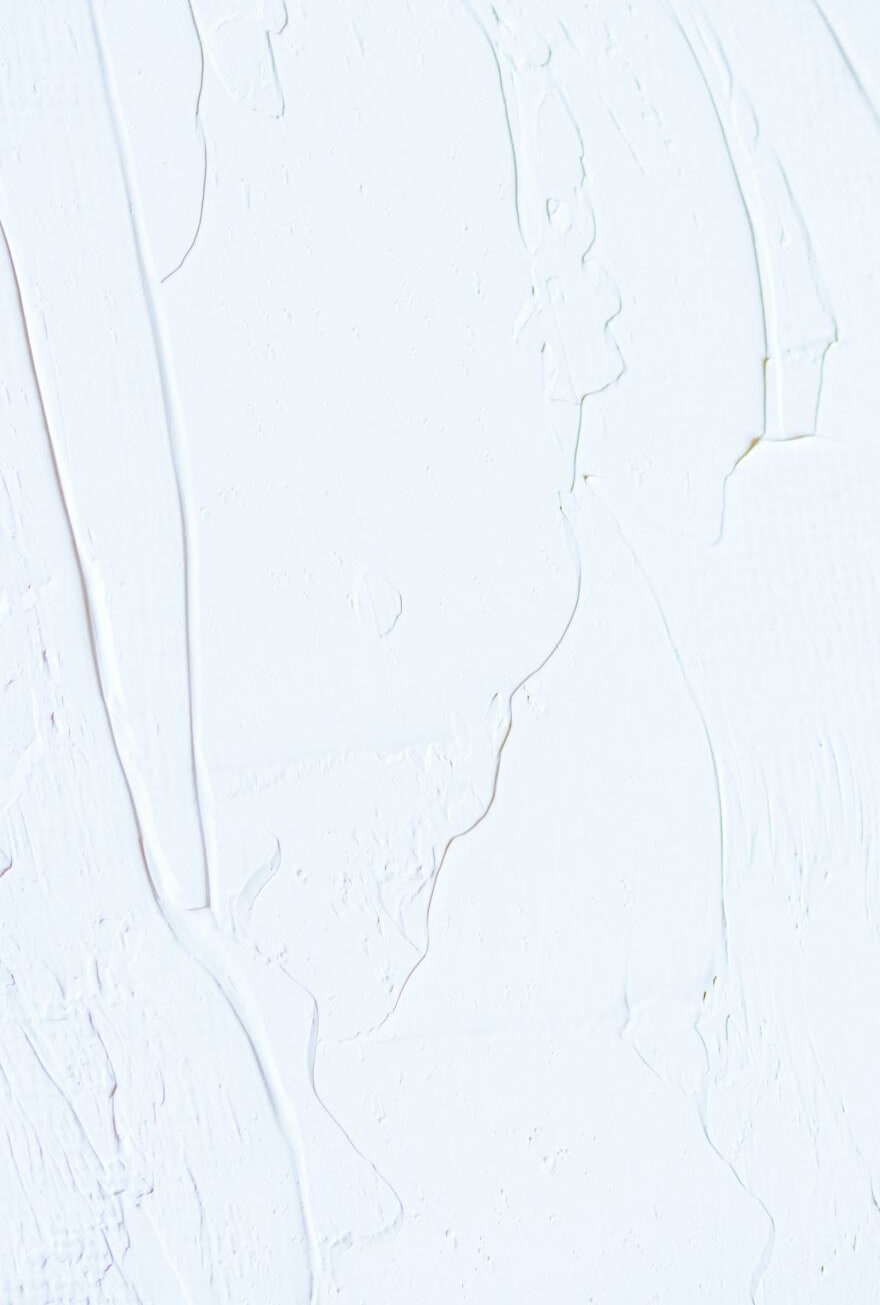Knowde Enhanced TDS
Identification & Functionality
- Technologies
- Product Families
Features & Benefits
- Ready-to-Use Product Features
- Features
- Excellent hardness, scratch resistance and chemical resistance.
- Non-yellowing resin system.
- Excellent clarity and flow maintained without solvent addition.
- Enhanced resistance to weathering and colorant fade due to UV light stabilizer addition.
- Capable of conversion into NANOKLAD form for advanced hardness and scratch resistance by the addition of NANOKLAD Activator.
- Moderate viscosity liquid
- Chemical Resistance and Corrosion Protection
- HSR 415 CF is essentially a non-yellowing version of standard HSR and so it has very similar resistance properties. At full cure and 20 microns thickness HSR 415 CF coatings will resist four cycles of the ANSI/BHMA perspiration test.
- HSR 415 CF offers excellent corrosion protection for suitably pre-treated metal substrates. Users should ensure that any system is fully tested before committing to production. Advice on all aspects of corrosion protection is available from ClearClad Coatings.
- UV Light Resistance and Weathering Performance
- HSR 415 CF has enhanced resistance to UV light due to the presence of an internal UV stabilizer package. This extends the lifetime of colored coatings exposed to sunlight by resisting color change and fade.
- The ultimate resistance of any colorant system to UV light is determined by the particular pigment chemistry. Advice on colorant selection and durability is available from ClearClad Coatings.
Applications & Uses
- Application Area
- Application Method
- Compatible Substrates & Surfaces
- Covering Power
The area covered in square feet using one (1) liter of HSR 415 can be determined by dividing 4627 by the coating thickness in microns. (This assumes 100% efficiency by the use of the TRAP UF reclaim system).
For example: Coating thickness = 15 microns Area covered per liter: 4627 ÷ 15 = 308 square feet
Properties
- Physical Form
- Typical Properties
| Value | Units | Test Method / Conditions | |
| Solids Content (120°C for 1hr) | 45 - 50 | % w/w | Gravimetrically |
| Viscosity | Moderate Viscosity | — | — |
Technical Details & Test Data
- Test Data
Process Preperation
Permeate production rate should be 10% of coating bath volume per hour. Particle filtration of the coating bath is by cartridge-type pleated surface filters normally of one micron nominal rating for un-pigmented systems. Pigmented systems may require higher micron ratings depending on pigment type and loading.
Bath control
User Determined Bath Parameters
Low High Optimum Solids w/w 8 10 9 MEQ corrected 30 35 33 Solvent A264 w/w 2 5 2.5 – 3.5 Temperature °F (°C) 68 (20) 77 (25) 72 (22) Derivative Parameters
Conductivity μS/cm 250 800 400 - 600 pH (not controlled) Normal range 3.5 – 4.5
- Notes: New baths should be conditioned for 24 - 48 hours before use. At least one bath volume of UF permeate should be eliminated during this conditioning period. The MEQ should be adjusted as necessary before commencing production.
- HSR 415 is designed to operate with the minimum of solvent maintenance. Baths operated at the optimum solids content and temperature, and with normal turnover rates, will stabilize at about 2.5 - 3.5% Solvent A264.
- Therefore only occasional additions of this additive should be necessary – for example in the case of a UF permeate elimination campaign. Low turnover baths may require more frequent additions of Solvent PM and some additions of Flow Additive FCA for maintaining efficiency (refer to the FCA data sheet for addition rates).
Deposition conditions:
Depending on required thickness, 30 – 150 volts for 30 to 90 seconds.
Curing conditions:
Standard curing condition is 180°C metal temperature for 20 minutes. Maximum curing temperature is 190°C. Minimum curing temperature is 170°C when up to 60 minutes may be required.

